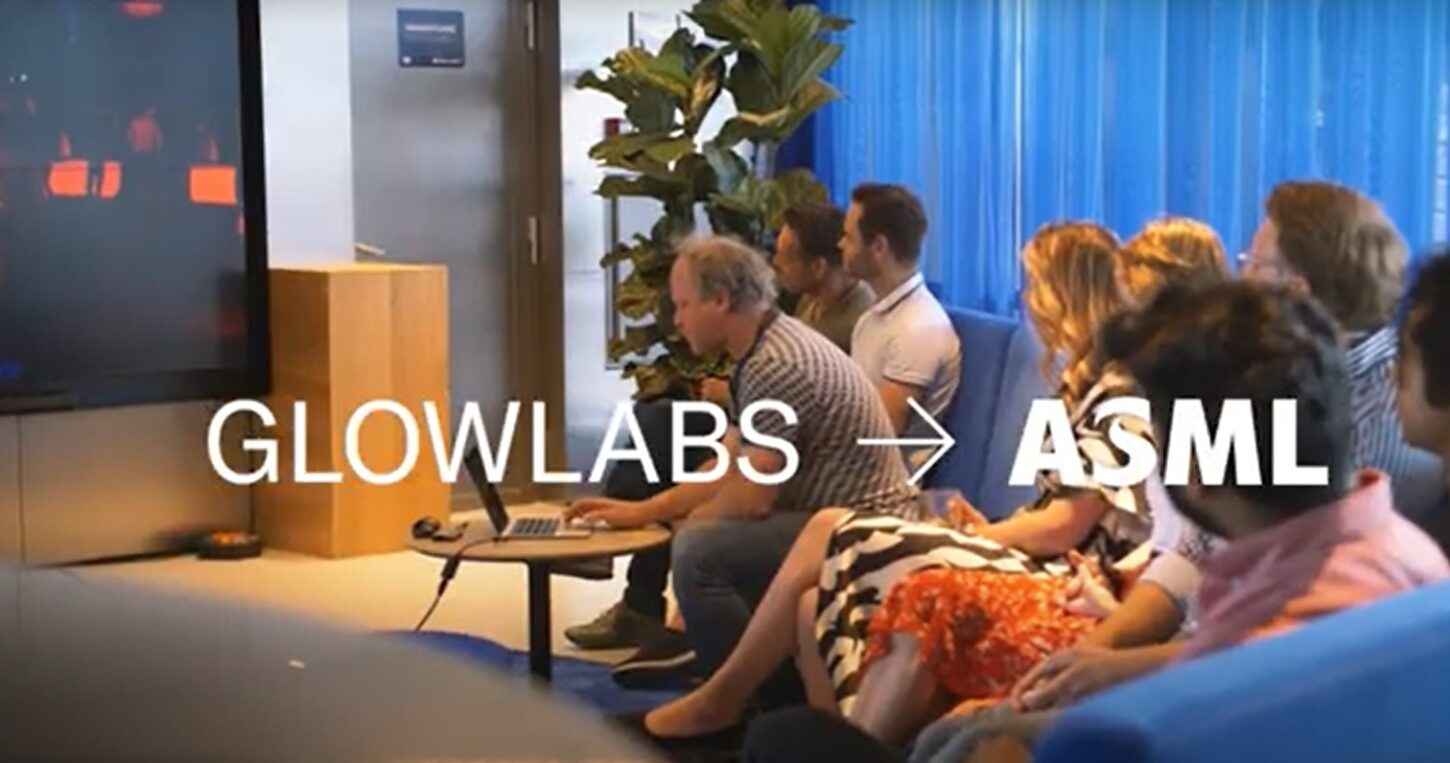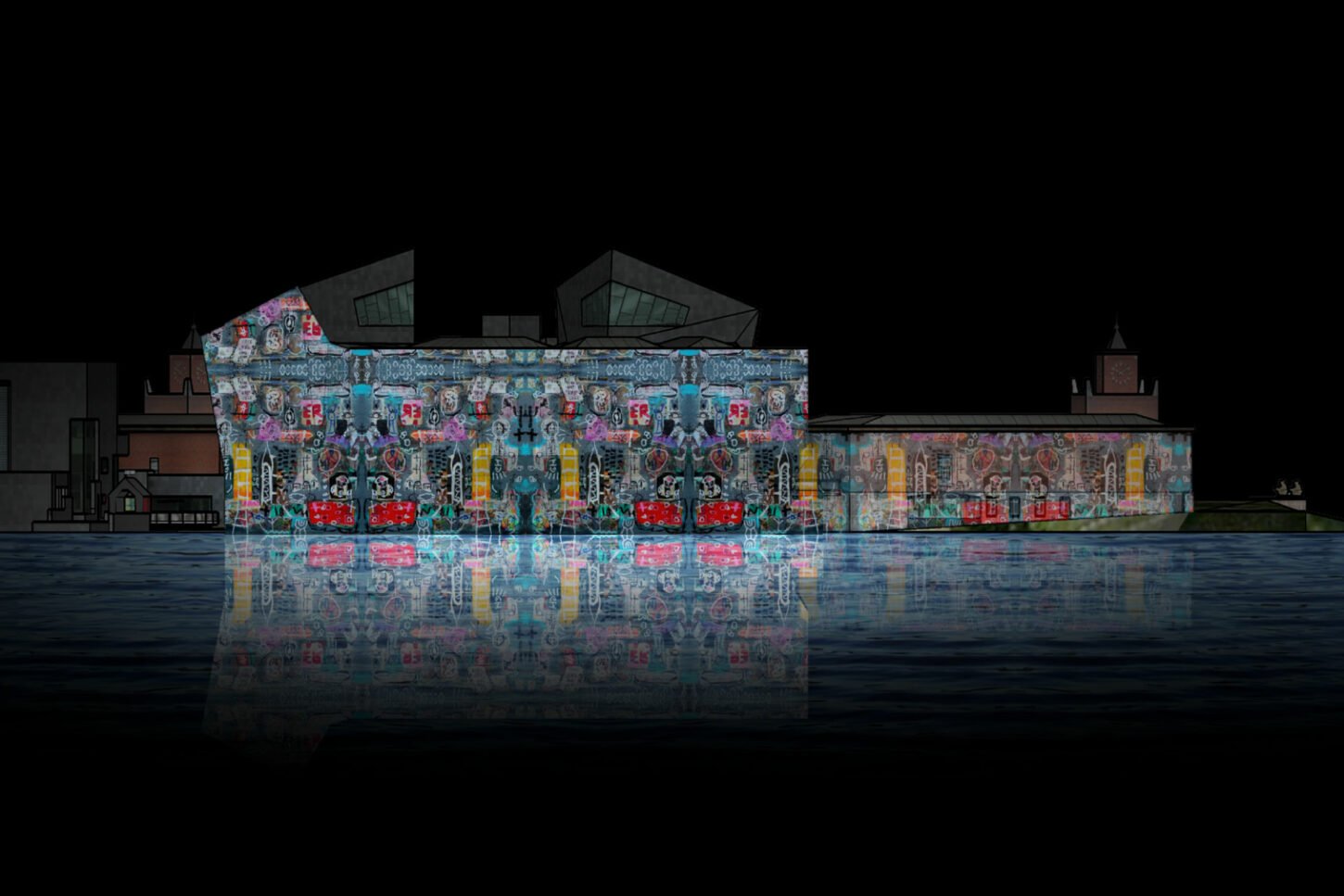Beacon of Hope – an international light art co-creation
![]()
How can cities adapt to changing social and environmental contexts? Light festivals can be fantastic spaces to reflect, test and cooperate on what is coming up next.
Light festivals continue to multiply around the world but are now facing challenges of remaining unique among such an array of festivals, pushing the boundaries of light art as an artform, and addressing the crucial need to be more sustainable. These questions are at the heart of discussions within LUCI, and especially its Light Festival Working Group.
Exchanges between some of the most advanced light festivals, including GLOW in Eindhoven (NL), City of Light in Jyväskylä (FI), and Fête des Lumières in Lyon (FR), led to the idea of developing a co-creation light art project. Craig Morrison is the lead artist, working closely with local teams for each part of the installation. LUCI is involved to document the process and share best practices and lessons learnt within its network and beyond.
From this international dialogue, “Beacon of Hope” has emerged; a new adventure to explore how cities work together to create a light art project that considers the local context but also the ability to sustainably travel and flourish in the other partner cities.
Thus, Beacon of Hope is not only international with a co-creation and cooperation approach, but also inspires answers to the current sustainability challenge, in terms of construction and transport, and weaves together local traditions with global aspirations.
In addition, the local participatory elements will involve strong educational components that help build awareness about lighting and give community members the opportunity to interact with the art work, play and learn with light. All in all, Beacon of Hope is an artwork made by the people for the people.
Artistic Intent
Beacon of Hope is designed to be made by the local people, made from sustainably sourced materials, and enhanced by local artists and the local creative community. Wood, the main structural material for Beacon of Hope, allows people to think creatively with a readily available resource. Wood requires much less power to process. As timber grows, it absorbs CO2, unlike aluminum or steel, which create CO2 in their manufacturing process. The idea behind Beacon of Hope is to encourage experimentation and hands-on experience. Local participants must help build the installation; they can also propose to adapt and create something unique, which is time and site-specific.
Working with natural materials rather than just reaching for steel or aluminum add an extra challenge, but is essential for ensuring that the project maintains its sustainability goals. Wood is a living material that needs to be treated with understanding and consideration; the temperatures and conditions must be considered before each set-up. At this moment in time, with droughts and the fires in Europe, it is essential to consider materials very carefully.
Beacon of Hope inaugurated in Jyväskylä
Beacon of Hope has landed at its first stop for the City of Light event in Jyväskylä, Finland!
After a few setbacks due to custom delays at the port, the main travelling Beacon of Hope structure landed safely in Jyväskylä, and artist Craig Morrison was able to begin the setup with the local team to build the dome frame. Following this, a “ribbon weaving dance” workshop took place with 40 local participants. The artwork would not exist without this essential element of local participation for weaving the top section.
Following the isolation in response to the Covid-19 pandemic, Craig Morrison wanted to offer a contemporary take on a traditional folk practice, a way for people to reconnect and come together again. The ribbon weaving is a wonderful way to create community involvement. As the project builds and travels to other festivals, further layers of social interactions will be included. The local creative development, reflecting the local people, coming together to celebrate light and feel connected to the festival, is the most important element of this artwork.
Craig Morrison shares: “The project took on a whole new energy when the local participants arrived. There were many discussions about how to proceed, and the fun and joy for everyone involved was a great success. Instructions were boomed through a loudspeaker, and the local community, intrigued by what was happening, began to move the ribbons in and out of each other. There was a collaborative and relaxed atmosphere as Finnish instructions were relayed. Watching the people effectively play together to make the community social sculpture was brilliant.”
More news

10 October, 2022
GLOW x ASML - Collaboration 2022
On 17 May, Het Klokhuis showed The Dutch Footprint, a project on which more than 2000 children from ...

7 October, 2022
GLOW 2022 - Museum Monsters
From 12 to 19 November, the Museum Monsters will take over the Van Abbemuseum.. They sneak into the ...